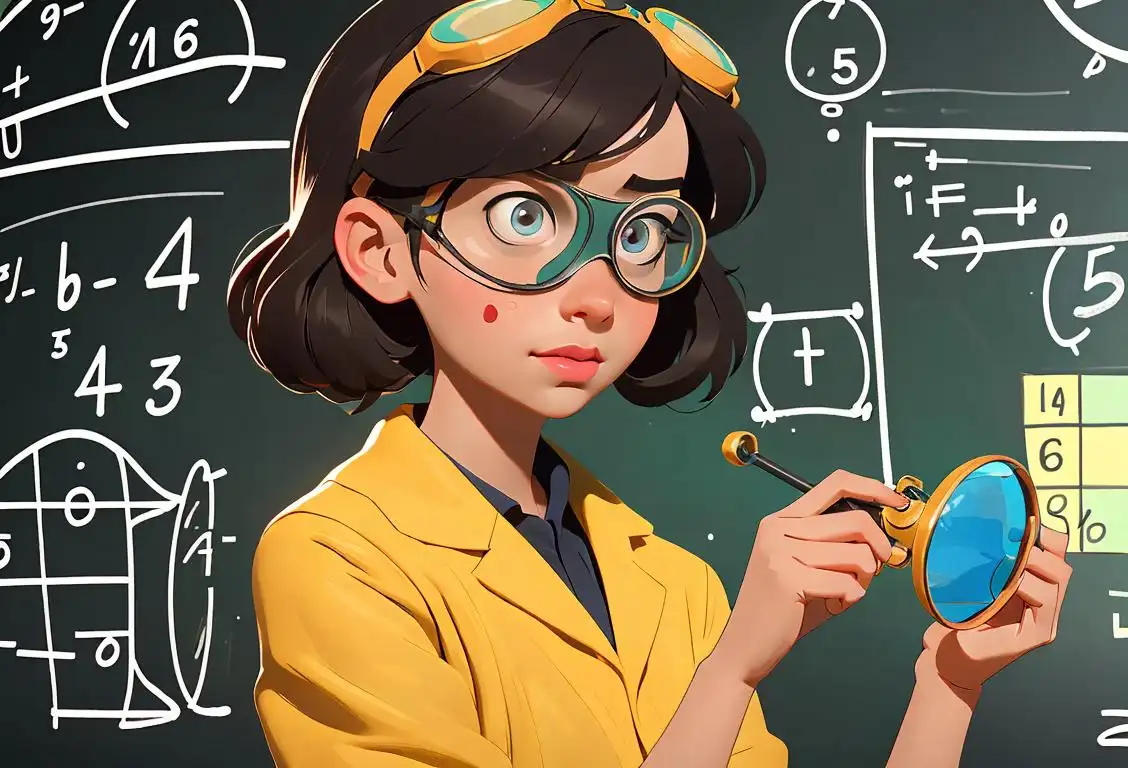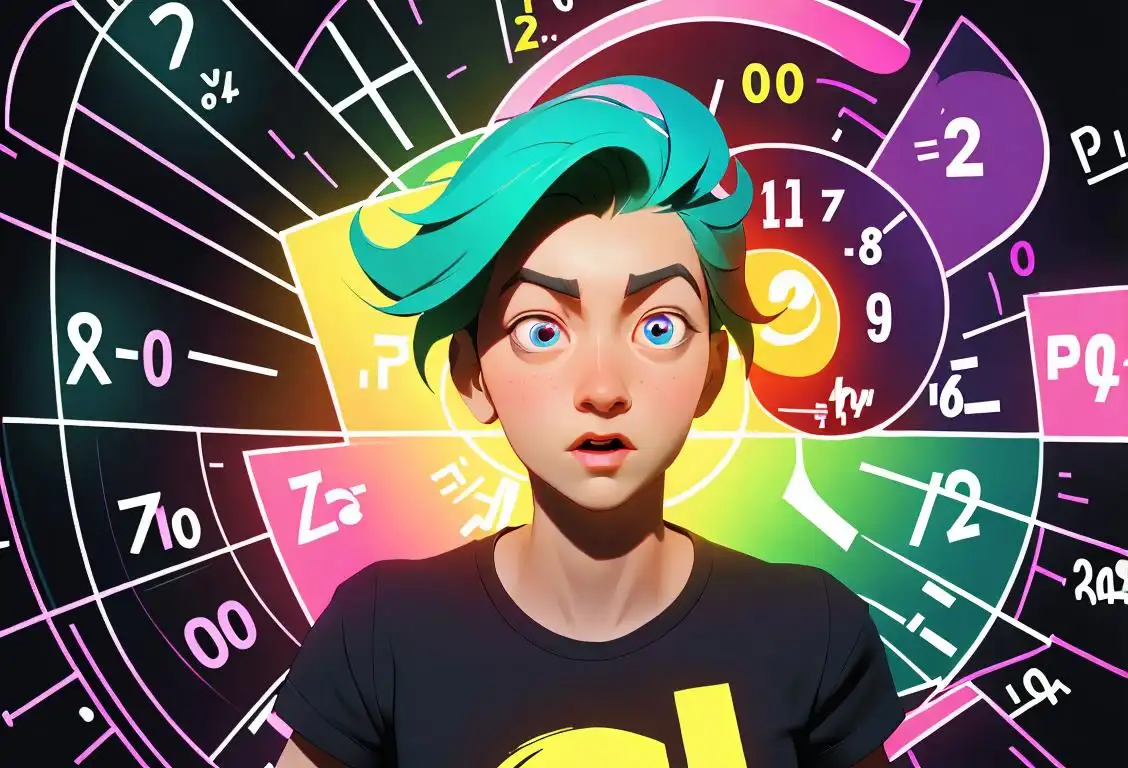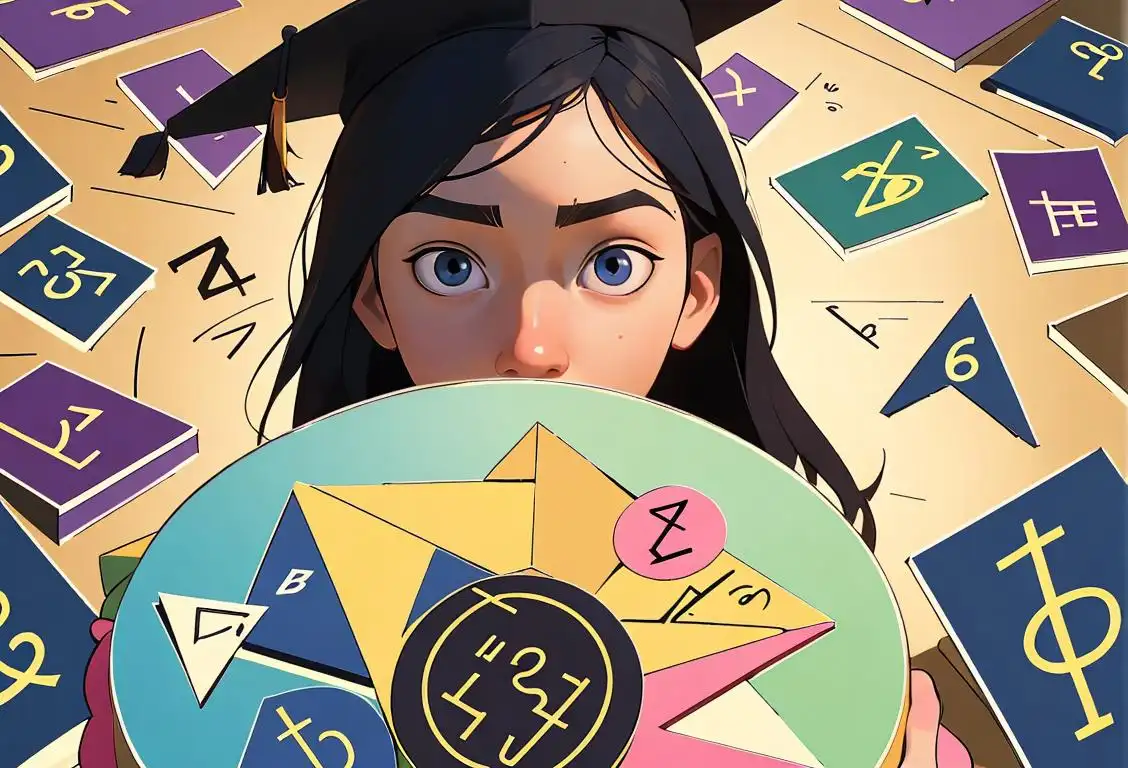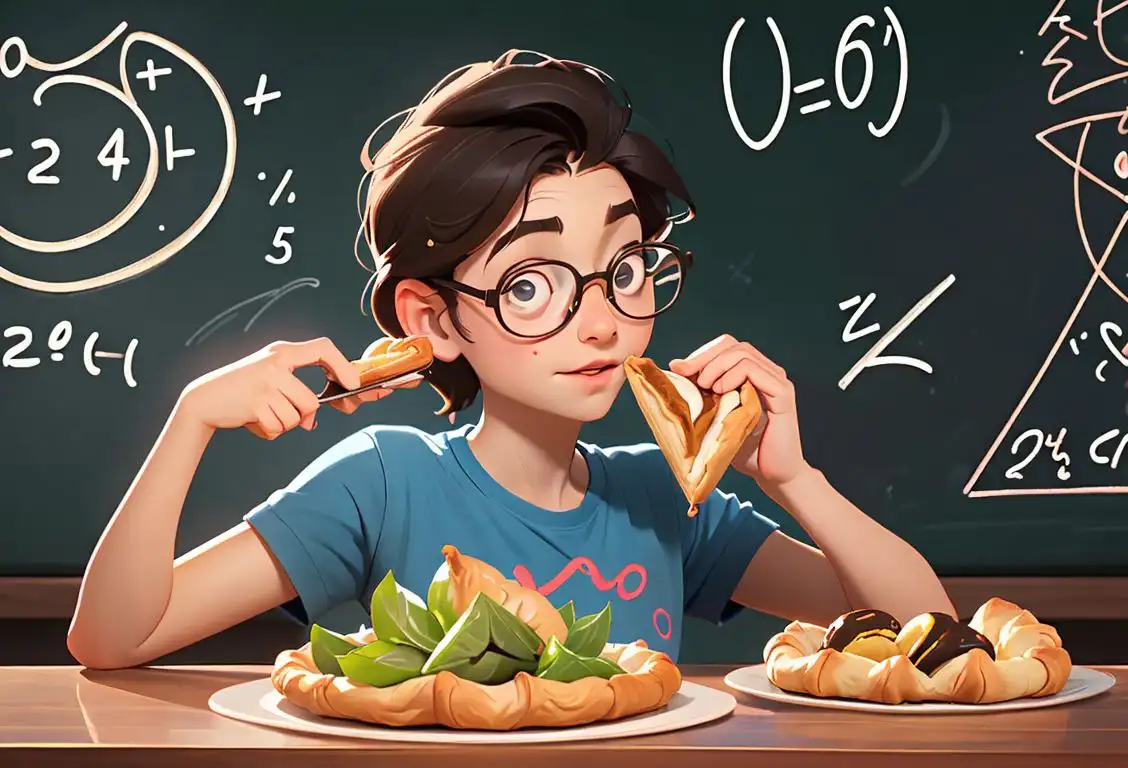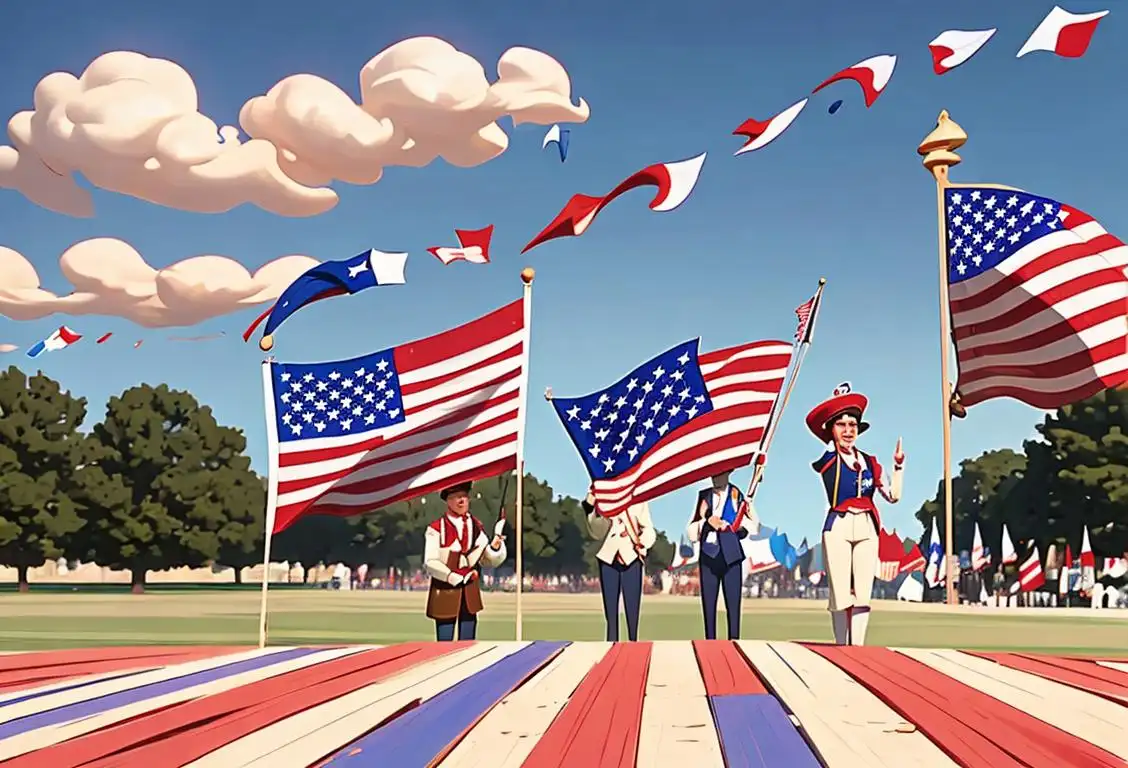National Fibonacci Day

Did you know that there's a special day dedicated to celebrating the fascinating world of Fibonacci numbers? Get ready to let your inner math geek shine because November 23rd is National Fibonacci Day! So grab your calculator, dust off your old high school math textbook, and join us as we explore the intriguing history and significance of Fibonacci numbers.
When is Fibonacci Day?
It's national fibonacci day on the 20th November.
The Marvelous World of Fibonacci Numbers
If you're scratching your head wondering what on earth Fibonacci numbers are, fear not! This unique sequence of numbers was popularized by a brilliant Italian mathematician named Leonardo of Pisa, aka Fibonacci, waaay back in the 13th century. The Fibonacci sequence begins with 0 and 1, and each subsequent number is the sum of the two preceding numbers. So it goes something like this: 0, 1, 1, 2, 3, 5, 8, 13, and so on.
Fibonacci's sequence has some fascinating properties that can be found all throughout nature, from the swirling patterns of seashells to the elegant spirals of a sunflower. It's like a secret code hiding in plain sight, revealing itself in the most unexpected places. This remarkable sequence has captured the imaginations of mathematicians, scientists, and nature enthusiasts alike, making National Fibonacci Day a time to celebrate the beauty and wonder of math in nature.
The Significance of November 23rd
Now, you might be wondering why November 23rd was chosen as National Fibonacci Day. Well, it turns out that when you write the date in the MM/DD format, November 23rd becomes 11/23, which are the first four numbers in the Fibonacci sequence!
It's a fun and quirky way to honor the sequence that has given us so much mathematical joy. So, mark your calendars for November 23rd and get ready to embrace the Fibonacci frenzy!
History behind the term 'Fibonacci'
1202
Introduction of Fibonacci numbers
In the year 1202, the term 'Fibonacci' was first introduced to the world of mathematics. It originated with the publication of a book called 'Liber Abaci' by an Italian mathematician named Leonardo of Pisa, also known as Fibonacci. In this book, Fibonacci introduced a numerical sequence that would later become known as the Fibonacci sequence. The sequence starts with 0 and 1, and each subsequent number is the sum of the two preceding numbers. This sequence has fascinating properties and many applications in various fields including mathematics, art, and nature.
1613
First usage of 'Fibonacci' in English
The term 'Fibonacci' made its way into the English language in the year 1613 when an English mathematician named Thomas Fincke used it to refer to the numerical sequence introduced by Fibonacci. He played a crucial role in popularizing the term and demonstrating its significance in mathematics. Since then, 'Fibonacci' has become synonymous with this sequence and the related mathematical concepts.
1877
Discovery of the Golden Ratio
In 1877, French mathematician Édouard Lucas discovered a fascinating relationship within the Fibonacci sequence, known as the Golden Ratio. The Golden Ratio is an irrational number approximately equal to 1.6180339887. It appears when you divide one number in the sequence by its preceding number, as the sequence progresses, the ratio approaches the Golden Ratio. This ratio is prevalent in art, architecture, and nature, giving objects and structures a sense of balance and aesthetic appeal.
20th century
Fibonacci in modern culture
Throughout the 20th century, the term 'Fibonacci' gained popularity outside the realm of mathematics. It found its way into popular culture, art, and design. Artists and architects started incorporating Fibonacci numbers and the Golden Ratio into their creations, believing it brought harmony and proportion to their work. Additionally, the sequence and its ratios have been studied extensively in fields such as computer science, biology, and finance to understand patterns and optimize algorithms.
21st century
Fibonacci in technology and nature
In the 21st century, Fibonacci numbers continue to inspire and have found applications in technology and nature. They are used to develop efficient algorithms, improve data compression techniques, and optimize search algorithms. Moreover, Fibonacci patterns can be observed in the arrangement of seeds in sunflowers, the branching of trees, and the spirals of nautilus shells, highlighting the presence of these mathematical principles in the natural world.
Did you know?
Did you know that the famous mathematician Leonardo da Vinci was fascinated by Fibonacci numbers? He incorporated the sequence into many of his famous works of art, including the iconic Vitruvian Man!Tagged
fun mathematicsFirst identified
20th November 2019Most mentioned on
20th November 2019Total mentions
145Other days
Fibonacci Day
Stem Day
Pi Pi Day
Curve Day
Napping Pi Day
B Day
Pi Day
Memorial Day
Heroes Day
Flag Day
